1. Jarts (Lawn Darts)
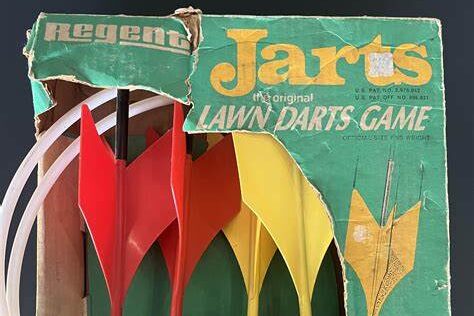
These oversized, steel-tipped darts were essentially a backyard version of horseshoes, encouraging families to throw heavy, pointed projectiles high into the air. Despite a brief attempt to market them only to adults in the 1970s, many children played with them, leading to thousands of injuries, including skull punctures. Following the tragic death of a seven-year-old girl in 1987, her father successfully crusaded for a permanent ban on Jarts with pointed metal tips in the United States in 1988, classifying them as a “mechanical hazard.” The sheer physics of a metal-tipped javelin-like object falling from a height meant the potential for serious, life-threatening injury was incredibly high.
2. Cabbage Patch Snacktime Kid
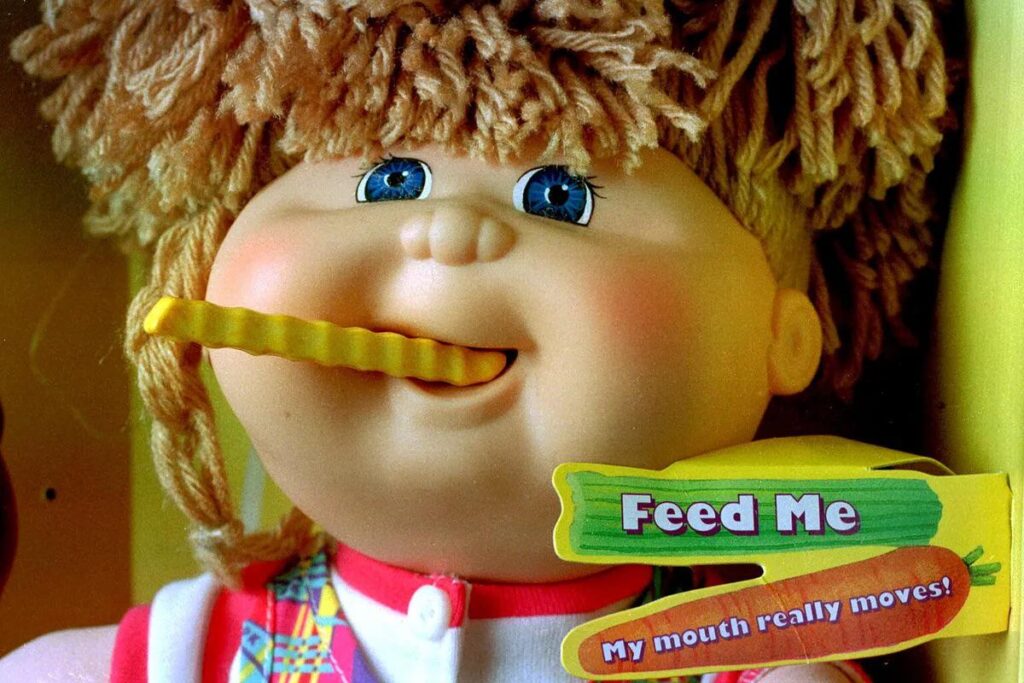
Released in 1995, this doll was designed to “eat” plastic snack foods fed to it by children using its powerful, battery-operated mechanical jaws. The problem arose when the doll’s non-discriminating chewing mechanism proved unable to distinguish between its plastic food accessories and real items, including children’s hair and fingers. The doll had no “off” switch; the only way to stop the rollers was to forcefully pull on the trapped item or remove the battery compartment. After reports of children getting their hair and fingers painfully stuck, Mattel halted production and issued a recall in 1997, offering a refund for approximately 500,000 dolls.
3. Gilbert U-238 Atomic Energy Lab

Sold briefly in 1950, this science kit included three very low-level radioactive sources containing actual uranium-238, as well as a Geiger-Müller counter, a spinthariscope, and a booklet promising to teach users how to locate uranium deposits. Marketed as a tool for understanding the “New Atomic Age,” the kit was priced at a significant $49.50, limiting its distribution. However, the presence of radioactive material, even in small, contained amounts, and chemicals for making chemical reactions was eventually deemed too hazardous for a children’s toy, raising concerns about potential radiation exposure and chemical burns, leading to its disappearance from the market within a year.
4. Battlestar Galactica Colonial Viper Missile Launcher

A popular action figure vehicle in 1978, this toy was a casualty of small, projectile parts and the lack of proper warning labels. The design included spring-loaded missiles that could be launched from the vehicle. Tragically, a four-year-old boy choked to death in 1979 after launching one of the small, conical-tipped missiles directly into his mouth. This incident, and the subsequent family lawsuit against Mattel, was a key factor that led to significant changes in U.S. toy safety standards, including the mandatory recall of the toy and new, stricter regulations on projectile toys and small parts that pose a choking hazard for children.
5. Creepy Crawlers Thingmaker
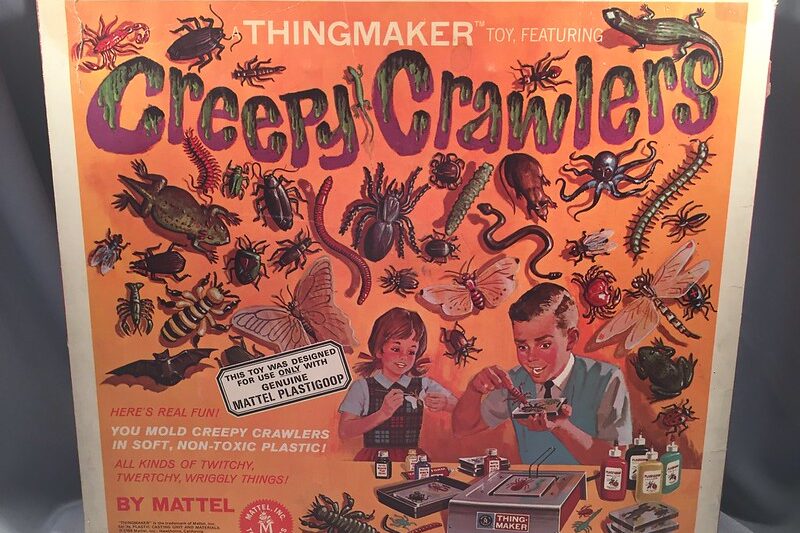
First introduced in the mid-1960s, this toy allowed children to create rubbery insects and other creatures by pouring a liquid plastic substance called “Plastigoop” into metal molds and heating them in a small, self-contained electric oven. The major safety issue was the high temperature, the oven trays reached up to 350 degrees Fahrenheit, making severe contact burns a real risk for impatient or clumsy young hands. Furthermore, the Plastigoop material released toxic fumes as it heated, raising concerns about inhalation. Later versions were redesigned with safety measures, like lower-temperature plates and protective casings, but the original was a true burn hazard.
6. Easy-Bake Oven (2006-2007 Recall Model)
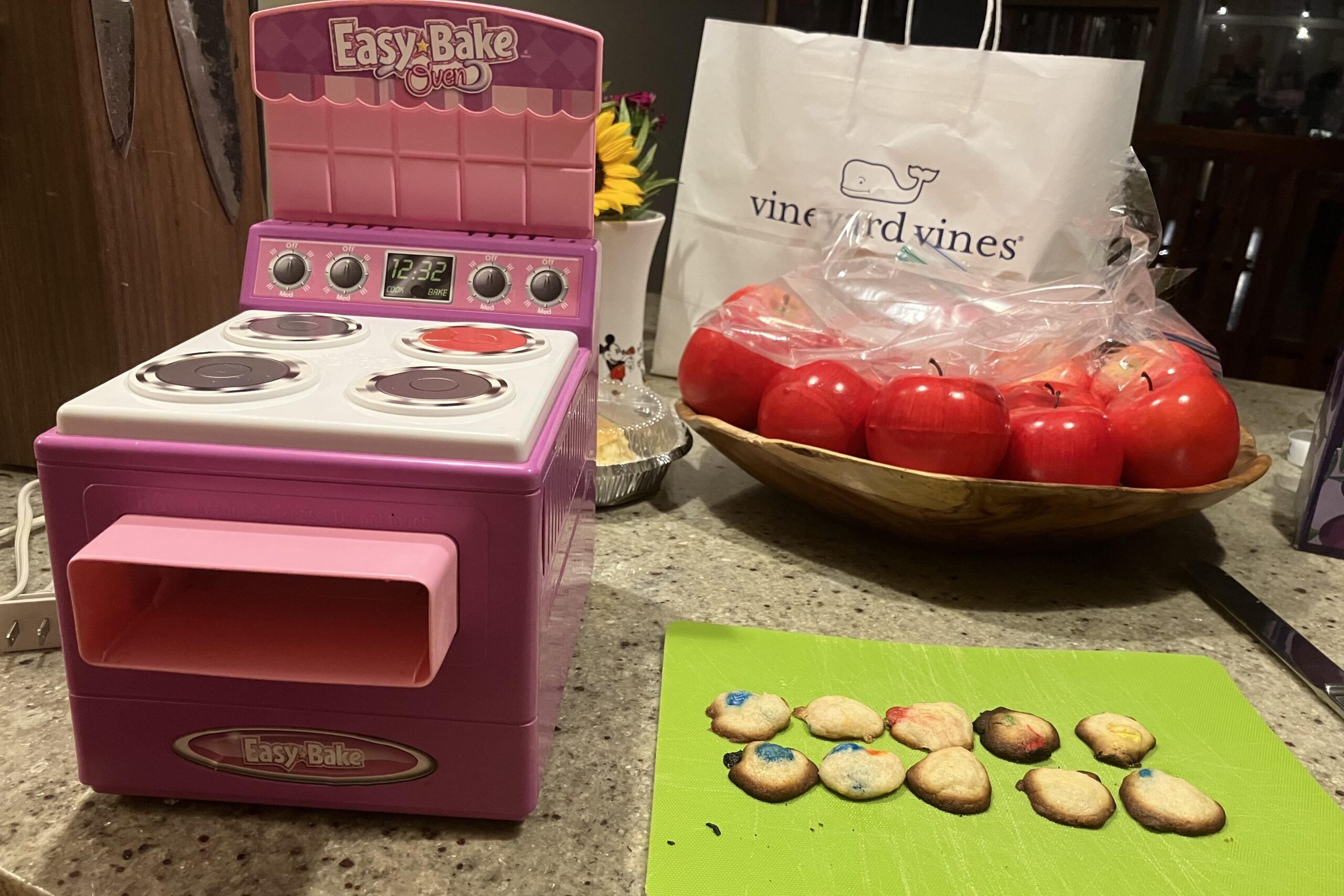
While the Easy-Bake Oven has been an iconic toy since the 1960s, a specific model released in 2006 proved particularly hazardous. This version used a front-loading tray design that allowed children’s fingers to get caught in the oven’s opening. There were approximately 249 reports of children getting their hands or fingers trapped, including one report of a finger amputation. Hasbro initially offered a free retrofit kit, but a second, more expansive recall was issued in 2007 after additional incidents, including more severe burns. This modern model’s failure to incorporate basic pinch-point safety resulted in a serious injury risk that mandated its removal from shelves.
7. Clackers (Klick Klacks)
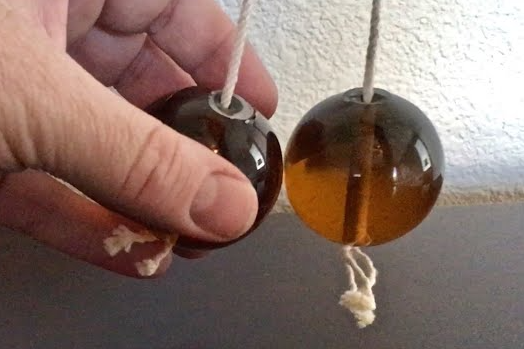
Popular in the late 1960s and early 1970s, Clackers consisted of two heavy, acrylic balls on either end of a short, thick string, which a player swung up and down to make them “clack” together. The momentum and speed generated by aggressive clacking often caused the balls to crack, shatter, or splinter into sharp shards of plastic and glass-like material, leading to reports of eye injuries and lacerations. Furthermore, if the string broke, the hard, fast-moving balls could become dangerous projectiles. The U.S. Consumer Product Safety Commission (CPSC) eventually enforced safety standards, requiring the material to be safer and more shatter-resistant to remain on the market.
8. Sky Dancers Flying Dolls

These dolls, released in the mid-1990s, were launched into the air by pulling a cord that caused them to spin rapidly from a base. The problem was the unpredictability of their flight path and the velocity at which they launched. If a child or bystander was struck by the doll’s hard plastic body or wings during launch, the impact could cause serious facial lacerations, broken teeth, concussions, or temporary blindness, especially if they launched toward the user’s face. After 170 reports of injuries and four temporary instances of blindness, the manufacturer recalled nearly nine million of the dolls in 2000.
9. Slip ‘N Slide
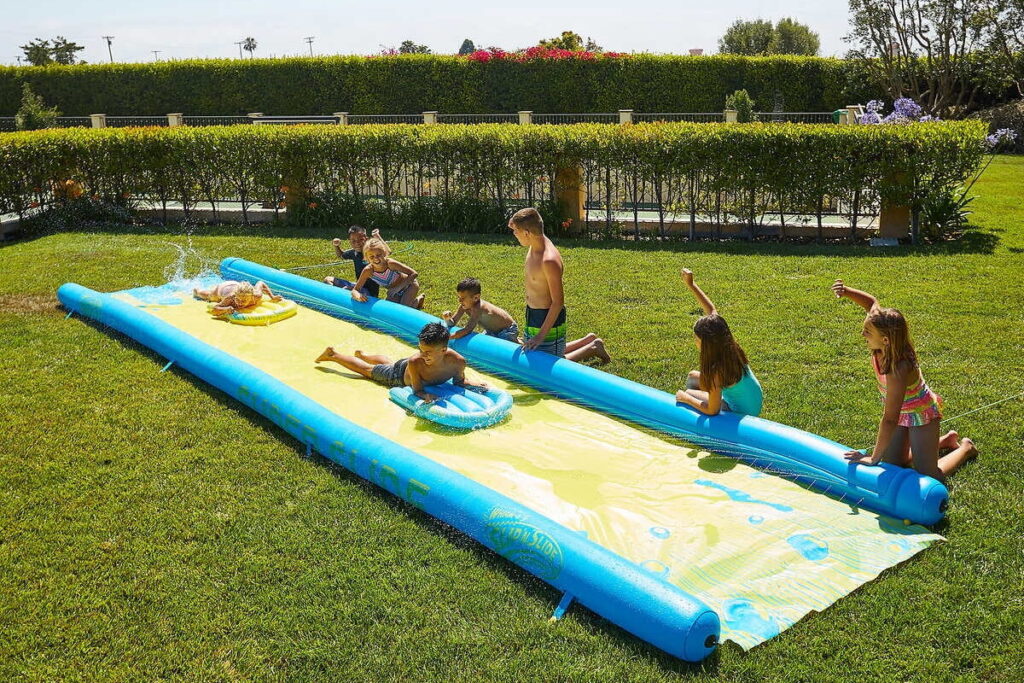
Invented in 1961, the original Slip ‘N Slide was a simple plastic sheet that, when lubricated with a stream of water, allowed children to slide across a lawn. For young, lightweight users, it was a harmless, slippery fun. However, the toy proved to be extremely dangerous for older children and adults. Due to their greater weight, they often failed to ‘slide’ properly, leading to abrupt stops that caused severe head, neck, and spinal cord injuries. The CPSC released warnings specifically for adults and teenagers after several incidents, including some resulting in paralysis and death, primarily due to impact with the ground at the end of the slide.
10. Mini Hammocks (Drawstring Hammocks)
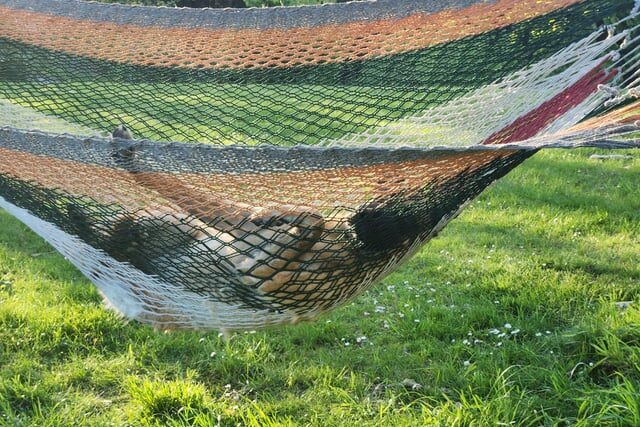
These small, decorative hammocks, popular in the 1980s and 1990s, were often hung indoors or outdoors for children’s use. The extreme danger lay in the design of the rope suspension, particularly the large, open loop created when the hammock was hung. When children would climb in or out, their heads or necks could easily slip into this loop, leading to strangulation. From 1986 to 1996, the CPSC documented 12 deaths and one near-strangulation involving these products. The risk was so severe that a voluntary recall of approximately three million hammocks was issued, emphasizing the danger of non-spreader-bar designs.
11. Austin Magic Pistol
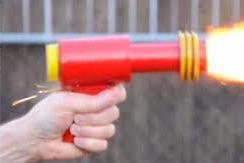
Sold in the late 1940s, this toy pistol was designed to shoot a ping-pong ball by igniting a small amount of calcium carbide and water, which reacted to produce acetylene gas. The gas built up pressure and then expelled the ball with a loud “bang.” While fascinating, the potential for a small, uncontrolled explosion or fire was very real if the chemistry was slightly off or too much calcium carbide was added. The instructions essentially guided a child through a basic, miniature chemical process capable of generating a combustible gas, a significant fire hazard that rightfully led to the product’s quick market exit.
12. Magnetix Magnetic Building Sets
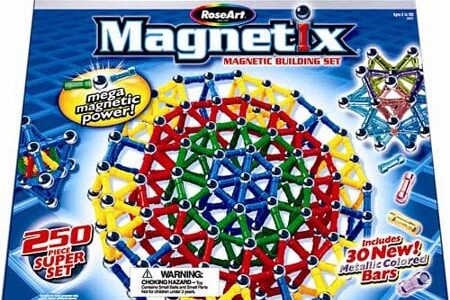
These popular building sets from the mid-2000s used small, powerful magnets embedded in plastic rods and balls to construct various shapes. The danger arose when the small magnets became loose from the plastic casings, which happened frequently. If a child swallowed more than one of these magnets, they could attract each other across the walls of the intestines or other digestive organs. This magnetic attraction can create blockages, tear tissue, and cause life-threatening internal injuries requiring emergency surgery. After one child died and 28 others suffered serious internal injuries, a massive recall of millions of sets was issued in 2006 and 2007.
13. CSI: Fingerprint Analysis Kits
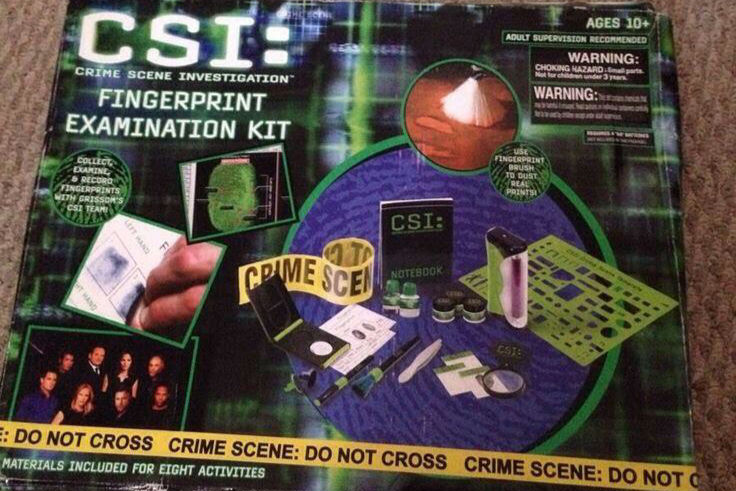
In the mid-2000s, kits based on the popular television show were marketed to young children. One such kit, the CSI Fingerprint Examination kit, was found to contain fingerprint powder that tested positive for tremolite, a dangerous, fibrous mineral closely related to asbestos. Inhalation of asbestos fibers is known to cause lung disease and cancer. The product was recalled in 2007 after a consumer group investigation highlighted the risk, demonstrating that even modern toys could harbor significant, invisible health hazards from their components, exposing children to a known carcinogen during play.
14. Flubber (The Original Slime)
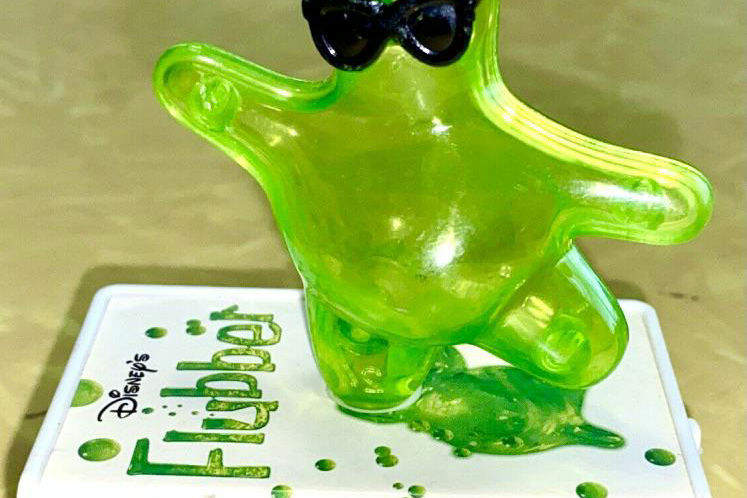
Released by Hasbro in the late 1960s as a tie-in with the Disney movie The Absent-Minded Professor, this green, gooey substance predated modern slimes. However, its original formula proved to be a dermatological nightmare. Within weeks of its release, the U.S. Food and Drug Administration (FDA) received thousands of complaints from parents reporting that children developed painful rashes, hives, and other skin irritations from handling the material. Though the specific toxic agent was never definitively confirmed, the massive wave of adverse reactions led Hasbro to quickly pull all Flubber from the market and reportedly bury their remaining stock, ending its short, uncomfortable run.
15. Roller Skates with Key-Adjustable Clamps
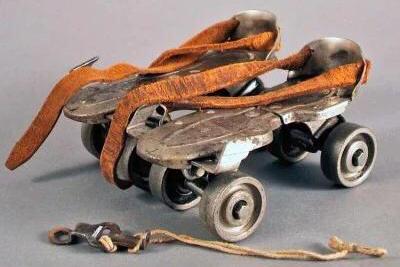
Vintage metal roller skates, popular through the mid-20th century, typically featured four small metal wheels and a platform that was attached to the user’s shoe with adjustable clamps and straps, tightened with a special key. These skates offered minimal support compared to modern boot-style skates, making falls frequent and often jarring. The primary hazard was the instability and the metal-edged clamps, which could slip off the shoe mid-stride, leading to ankle injuries, broken bones, and severe sprains on hard concrete. The lack of reliable attachment and braking mechanisms made for a truly precarious and dangerous recreational experience.
16. Moon Shoes
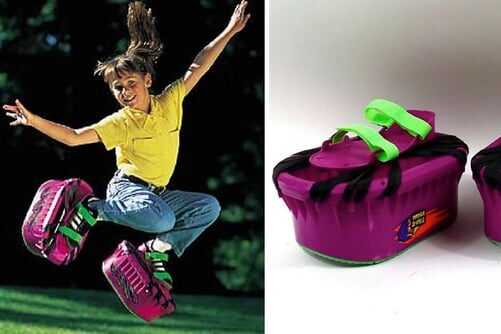
Marketed in the 1970s and 1980s as “mini trampolines for your feet,” these shoes consisted of plastic platforms attached to the wearer’s regular shoes, with a system of large elastic or rubber bands providing the bounce. While a fun idea, the design created a dangerously unstable platform, making it incredibly easy for users to lose their balance. Numerous reports documented children suffering from severe ankle sprains, fractures, and leg injuries due to the unpredictable bounce and instability of the spring-loaded devices. Though never formally recalled, they earned a reputation among doctors for being a frequent cause of pediatric orthopedic trauma.
17. Aqua Dots
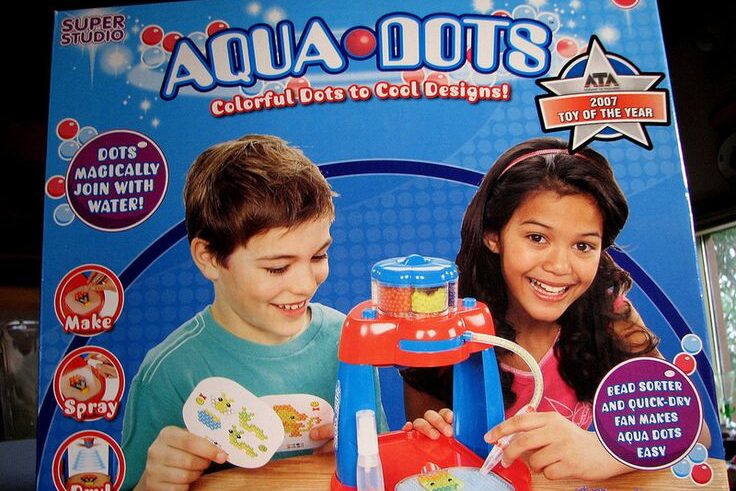
Sold in the mid-2000s, these craft beads stuck together when sprayed with water to form designs. The major safety failure was the coating on the beads. When ingested, the coating metabolized into the chemical compound gamma-hydroxybutyrate (GHB), a potent date-rape drug. Children who swallowed the beads suffered severe symptoms, including comas, seizures, and respiratory depression. The manufacturer issued a massive global recall in 2007, and the incident became a stark lesson in chemical safety testing, revealing a dangerous compound that was created through an unstable manufacturing process designed to make the beads sticky.
18. Super Elastic Bubble Plastic
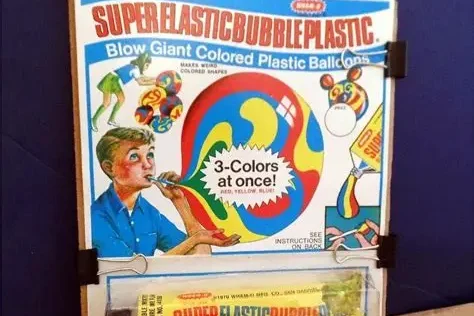
This toy, popular in the 1970s, came as a tube of colorful, gooey plastic. Children would squeeze a small ball of the substance onto a straw and blow to create large, elastic bubbles. The problem was that the plastic mixture contained polyvinyl acetate (PVA) dissolved in an aromatic organic solvent, often ethyl acetate, which produces strong, potentially intoxicating fumes. The primary danger was the potential for inhalation of the solvent vapor, as children were blowing the substance directly through a straw. It was eventually reformulated to use less toxic solvents after health and safety concerns were raised.
19. Coaster Wagons
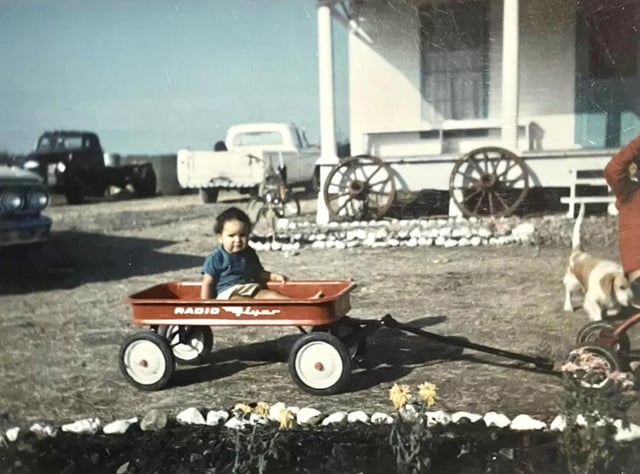
Classic metal wagons, such as the famous Radio Flyer, are iconic toys. However, in previous generations, they were often used as downhill speed vehicles, essentially becoming uncontrolled sleds on wheels. Without proper brakes or steering mechanisms designed for high speeds, children often lost control, leading to severe crashes, broken bones, head injuries, and lacerations, especially when the wagon collided with fixed objects or other children. The simple, robust metal construction meant they could endure high speeds but offered no genuine protection or control, turning a gentle pull-toy into an unguided missile.
20. Six-Fingered Action Figures
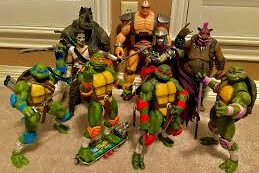
While not inherently deadly, some action figures in the 1990s from various lines (like certain Teenage Mutant Ninja Turtles or Mortal Kombat characters) featured small, pointed, rigid accessories or exaggerated, sharp plastic fingers. The danger lay in children inevitably using them for battle, resulting in numerous puncture wounds, eye pokes, and lacerations to themselves or their playmates. The desire for “realistic” or aggressive-looking toys sometimes compromised basic physical safety, resulting in toys that were effectively handheld, hard-plastic weapons capable of causing painful, if typically non-fatal, injuries.
These twenty entries serve as a fascinating, if alarming, snapshot of past safety standards, a firm reminder of how much diligence and regulation is required to keep playtime safe. Next time you look at a modern toy with its dozens of safety warnings, you might just have a greater appreciation for how far we’ve come.
This story 20 Toys We Definitely Shouldn’t Have Survived was first published on Daily FETCH


